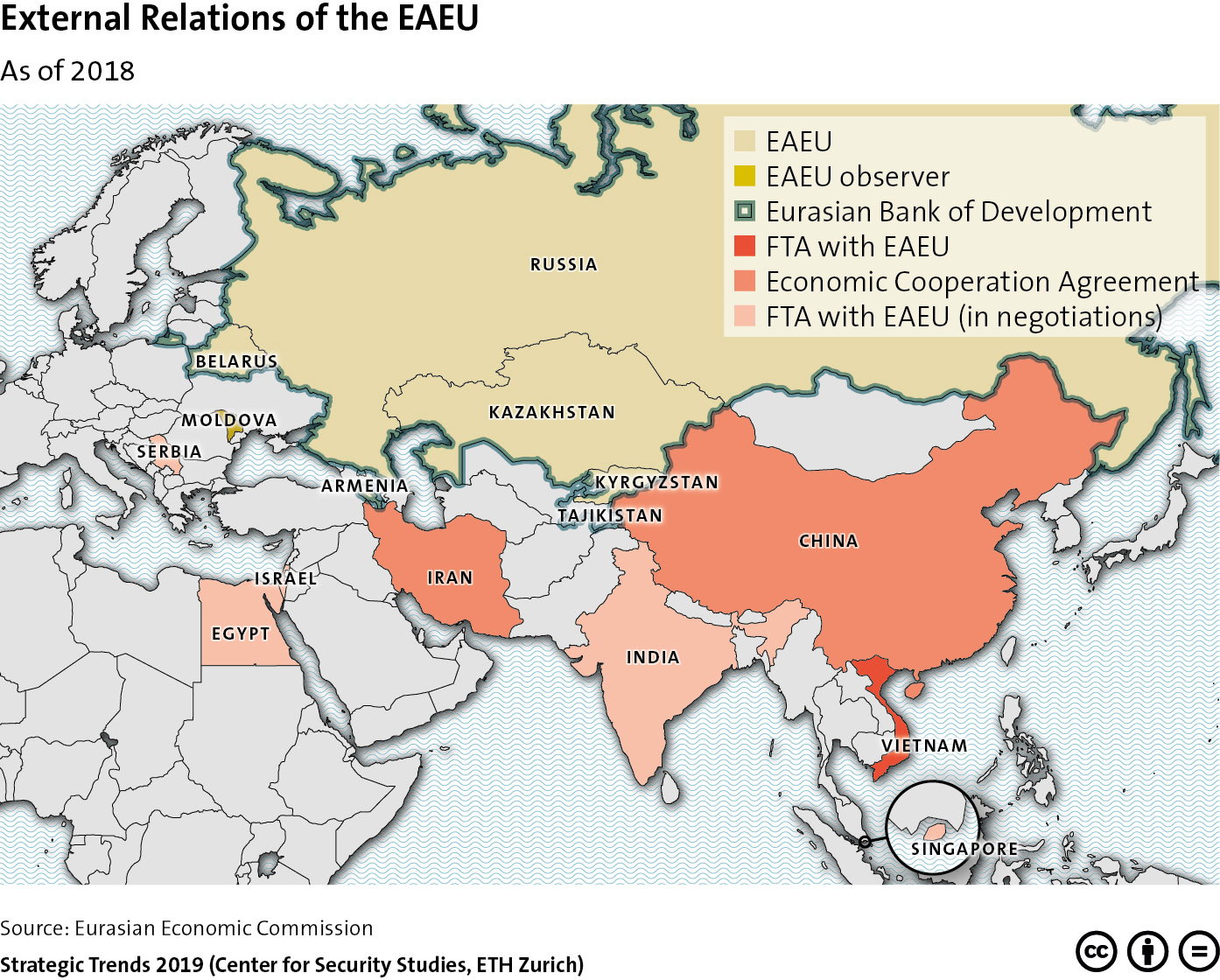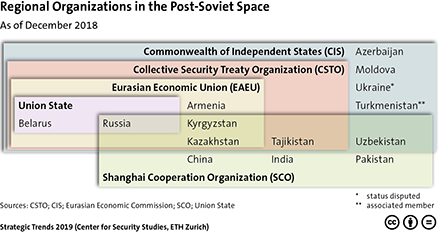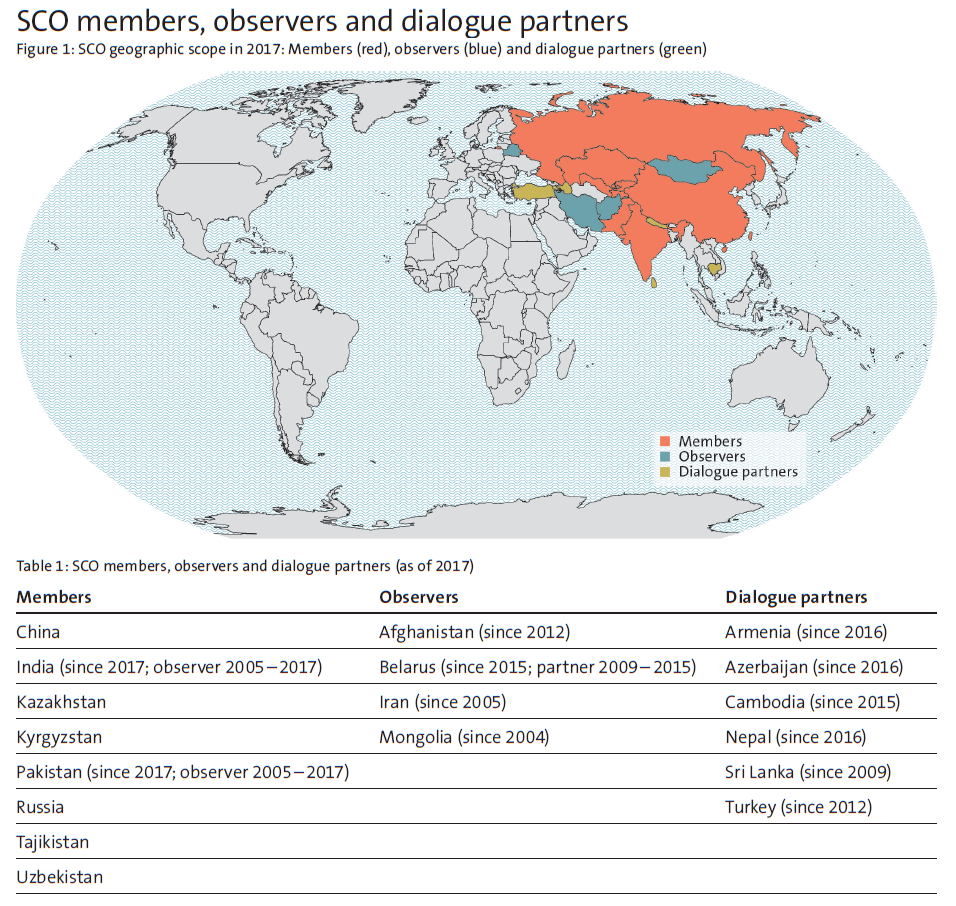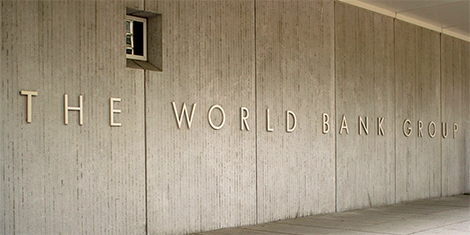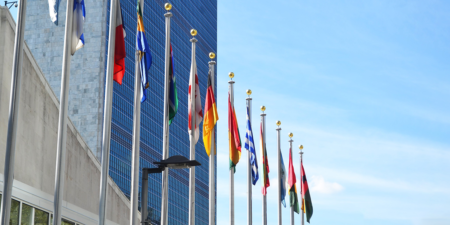
This article was originally published by IPI Global Observatory on 5 August 2019.
It has become common to observe that the international rule-based order is in crisis, and recent developments have reinforced the view that the United Nations-based multilateral system is “under siege.” In part, this is the result of unilateral actions taken by great powers like China, Russia, and the United States, but it is also the product of a larger phenomenon of rising nationalism in domestic politics across the globe.

